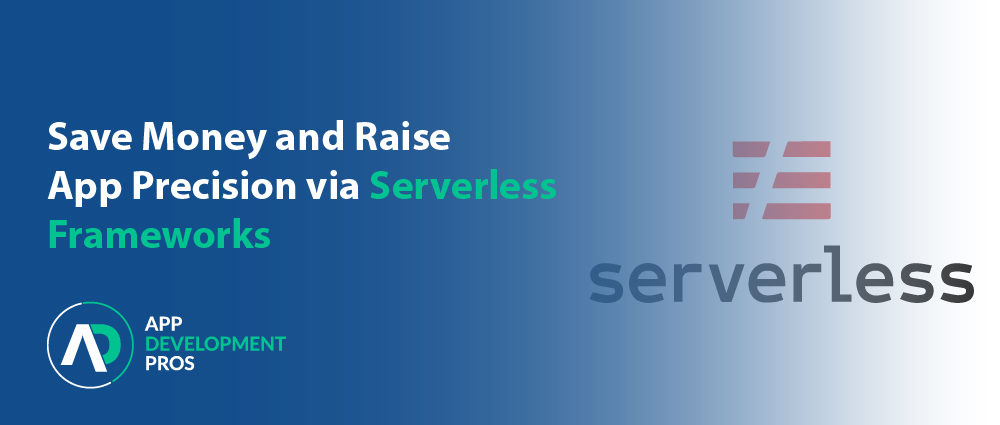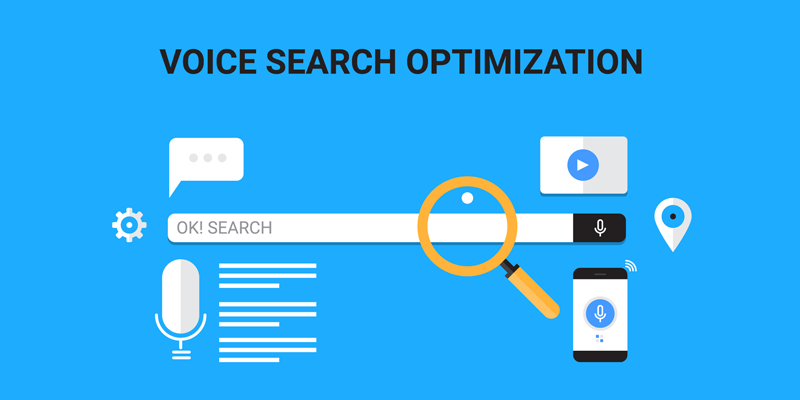This article comprehensively looks at the various types of apps that can be run on Windows client devices— fundamental instructions on installing these applications.
Here, our Windows app development services experts will learn about Microsoft 365 Apps, Power Apps, .NET Apps, and more— deployment methods and the importance of app management and compatibility will also be mentioned. Let’s dive in!
Types of Windows app
Microsoft 365 Apps
For business and productivity tools like Outlook, Word, Teams, and Outlook, you’ll need them. These apps will depend, of course, on your Org license rights. You can also deploy those apps on mobile devices like smartphones if you use an MDM provider.
Power Apps
Power Apps are user-friendly, custom software tools. They help manage data, simplify work, and address specific needs. You can use them online or offline on web browsers and mobile devices. Business analysts and developers can create these apps easily.
NET Apps
.NET apps come in two varieties: desktop apps that operate on the device and web apps. Some common .NET apps encompass:
- Windows Forms (WinForm): You can build a Windows Forms desktop application with .NET, which runs natively on your device — no Web browser or Internet connection is required. They’re just like classical Win32 apps and can interop with your PC’s hardware and the files when they execute.
- Windows Presentation Foundation (WPF): Using .NET, you can create a desktop app with WPF— it can operate on your computer. In case you wish to create your own WPF Web app, you can also do so. It is the technology behind many firms that target desktop apps for their corporate necessities.
Windows Apps
As a tip, we can use the Windows UI library for Windows 10 and above. You can build.NET, Win32 desktop, and UWP applications. This library comes with controls of native Windows UI that users of Windows are accustomed to.
- Apps fall into two categories within the protected directory C: \Program Files\WindowsApps:
Installed Apps: They’re built into the system.
Provisioned Apps: These are set when you create a user account for the first time.
To obtain a list of all provisioned apps, utilize Windows PowerShell with this command: “Get-AppxProvisionedPackage -Online | Format-Table DisplayName, PackageName”). It displays the names of packages for all provisioned applications.
- UWP apps, or Universal Windows Platform are flexible and work on different Windows devices like tablets, HoloLens, and Xbox. However, not all apps on Windows are UWP; UWP apps are a specific type of Windows app, but there are other types, too.
- Win32, often desktop, is a traditional Windows application designed to operate on the device. These apps must directly interact with the Windows operating system and your device’s hardware. They usually work on their own without needing a web browser. Even on 64-bit devices, these apps run in 32-bit mode. Unlike other apps that use a managed runtime environment like .NET, UWP apps don’t rely on that.
- System apps in the system root directory C:\Windows are integral to the Windows OS. To retrieve a comprehensive list of system apps, execute the following command in Windows PowerShell: “Get-AppxPackage -PackageTypeFilter Main | ? { $_.SignatureKind -eq ‘System’ } | Sort Name | Format-Table Name, InstallLocation”. This command yields a detailed roster of system apps, including their installation locations.
Web Apps and Progressive Web Apps (PWA)
Web and progressive web apps (PWA) are stored on a server. They don’t operate directly on the user’s device—instead, they are accessed and used through a web browser. To access these apps, users must use a web browser. The user must have network connectivity. Progressive web apps are universally accessible, compatible with any browser — functional across all platforms.
Web apps are usually built using tools like Visual Studio. It can be coded in different programming languages. Once the app is done, it’s placed on a web server so people can use it through their web browsers. Azure, a Microsoft service, can host these apps in the cloud instead of on local servers.
If you use an MDM service like Microsoft Intune, you can make shortcuts for web apps and progressive web apps on your devices, making them easy to access.
Android™ Apps
With the introduction of Windows 11, it is now possible to install Android™ apps—functionality is facilitated through the Windows Subsystem for Android. It lets users interact with mobile apps seamlessly, just like any other standard application.
Adding or Deploying Apps to Devices
Once your apps are prepared, adding or deploying them to your Windows devices can begin. This section outlines several standard options for doing so.
Manual Installation
Users on their devices can manually install apps from various sources, including the Microsoft Store, the Internet, and organization-shared drives. These apps, among others, are conveniently listed under Settings > Apps > Apps and Features.
To prevent users from downloading apps on company-owned devices, you can use an MDM service like Microsoft Intune. With this, you can set up rules that manage app installations, access to private app stores, and more.
Management Services
To efficiently manage apps, use MDM services like Microsoft Intune or on-site solutions like Configuration Manager. These services allow you to establish app policies for deploying Microsoft 365 apps, Win32 apps, creating web app shortcuts, or adding Store apps.
Microsoft Store
The Microsoft Store app allows Windows users to download apps from the regular public store and, importantly, apps provided by their organization through a private store. If your organization creates its own apps, you can use Windows Package Manager to add them to the private store.
Be aware that the Microsoft Store for Business and Microsoft Store for Education are no longer available, and new retirement dates will be revealed later. You can still use the present features for free apps during this time. However, Windows 11 will no longer support the Microsoft Store for Business and Education.
To control the Microsoft Store on your devices, you can use policies in two ways:
- On-Premises: If you manage your devices locally, you can use administrative templates in the group policy to control access to the Microsoft Store app. You can find these settings under User Configuration and Computer Configuration in Administrative Templates under Windows Components and Store.
- Using Microsoft Intune: If you prefer managing devices remotely, Microsoft Intune with Settings Catalog or the administrative templates; you can control access to the Microsoft Store app.
MSIX for Desktop Apps
MSIX is a technology that combines different types of Windows desktop applications like UWP, Win32, WPF, and WinForm. It’s designed to make app installations more reliable and efficient. It organizes the application files to save disk space and reduce duplicate files, making your system cleaner and more streamlined.
If your organization traditionally relies on .EXE or .MSI files for desktop app installations, it’s worthwhile to explore MSIX.
When it comes to deploying MSIX packages and their related apps, you have two primary options:
- You can use a management service like Microsoft Intune or Configuration Manager. These services help you efficiently distribute and manage MSIX packages across your organization’s devices.
- Alternatively, you can use an App Installer. This user-friendly approach allows individuals to double-click on an installer file or click a web page link to initiate the installation process. It simplifies the deployment for end-users.
Windows Package Manager
The Windows Package Manager, a command-line tool favored by developers, simplifies the installation of Windows apps. You can acquire apps from the Microsoft Store or GitHub through command-line commands and install them on Windows devices. This is particularly useful when streamlining the acquisition of apps from organizations and developers, bypassing user interfaces.
If your organization relies on .EXE, .MSIX, or .MSI files, Windows Package Manager, could be a suitable deployment choice.
Azure Virtual Desktop with MSIX App Attach
With Azure Virtual Desktop, the Windows desktop/client operating system is virtualized, and you can use the virtual applications contained therein. The MSIX app enables you to deploy MSIX-packaged applications to relevant users or user groups at runtime, enabling flexible and dynamic app distribution.
What benefit is there? The use of the cloud as a service to give virtual applications when they need. Client-side apps are such kinds of apps where the users interact with them just like in native apps, which are locally installed.
Azure Virtual Desktop with MSIX app attached is an attractive deployment option for current App-V shops aiming to reduce on-premises footprint.
Application Virtualization (App-V)
Through App-V technology, classic Win32 applications become virtualized. But it’s important to note that Microsoft plans to end support for Application Virtualization (App-V) in April of 2026. They suggest exploring Azure Virtual Desktop with the MSIX app for the future.
You’ll have to deploy an App-V server on your server at your site for using App-V. Once you have done that, you deploy your Win32 applications to that server. These virtual applications run on Windows Enterprise client devices with App-V client components installed and configured. Users can then open these virtual applications with icons and names of files known to them, like the ones you install directly on the devices.
The most significant advantage of App-V is that it enables you to dynamically deliver virtual applications to end-users at the point of need, enabling more effective management and usage of software throughout your organization.
Managing Apps
Use a management service such as Microsoft Intune or Configuration Manager for effective device and app management.
Application Compatibility
Microsoft is dedicated to ensuring that your business-critical apps remain compatible with the latest Windows versions.
Conclusion
We hope you get a brief yet valuable overview of various app types available for Windows devices, including Microsoft 365 Apps, Power Apps, .NET Apps, and Android™ Apps. It also highlights deployment methods and the importance of app management and compatibility.
Get the best Windows app development services from “App Development Pros.” Our expertise are:
- Android app development
- Windows app development
- iOS app development
Don’t pause and acquire the best mobile app development firm in the US.
Also Read: Which Platform Is Best To Choose For Windows Application Development




















